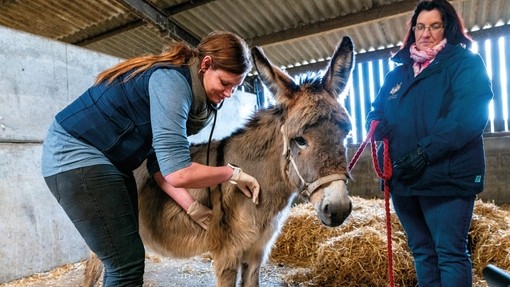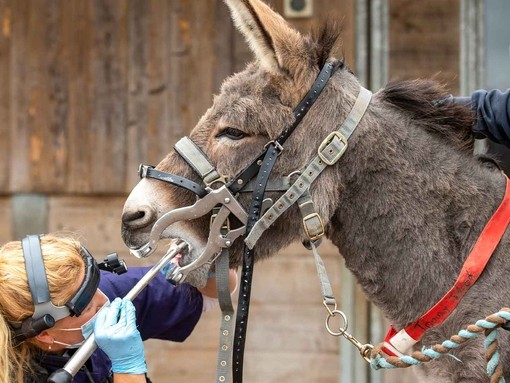
The Donkey Academy
Our Virtual Learning Environment (VLE)
The Donkey Academy offers high-quality education and training resources developed by our professional donkey and mule experts.
Hosted on the Canvas platform, our high-quality portfolio of courses are self-paced and designed to teach you a new skill or enhance your existing skillset.
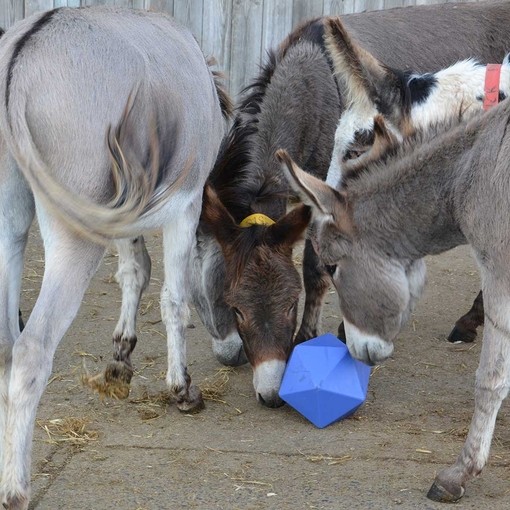
Registering for The Donkey Academy courses
Follow these steps to register for one of our courses:
- Browse our collection of free online courses
- Select a course
- Click ‘Enrol now’
- Fill in your details and click ‘Register New Account’
- You will receive an email confirmation with next steps
If you need any assistance with registering for one of our courses, please contact our Education Team.
Courses open to all
- Course
- Behaviour
In this first part of four courses, introducing you to donkey behaviour, we will look at the foundation of the donkeys' behaviour, gained from their evolutionary ancestors and what influences their difference from horses.
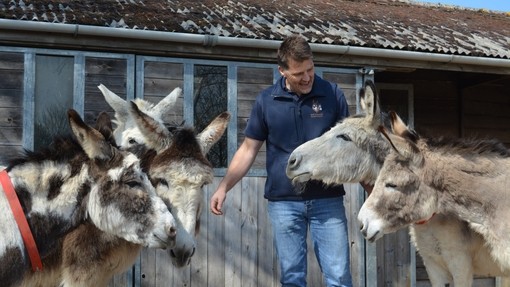
- Course
- Behaviour
Following on from Introduction to donkey behaviour part one, part two creates a foundation for understanding the donkeys’ behaviour from an evolutionary point of view to reveal their true nature. .
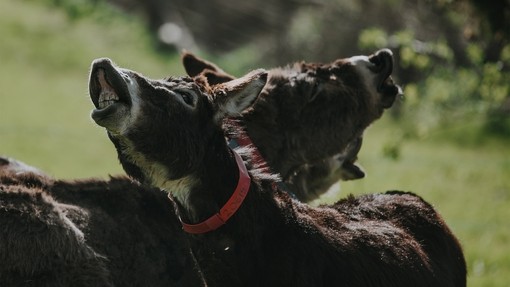
- Course
- Feeding & Diet
This introductory course aims to provide information on the basics that underpin donkey nutrition. The course is ideal for anyone looking to get their first donkey or for more established owners/carers interested in refreshing or improving their knowledge of donkey nutrition.
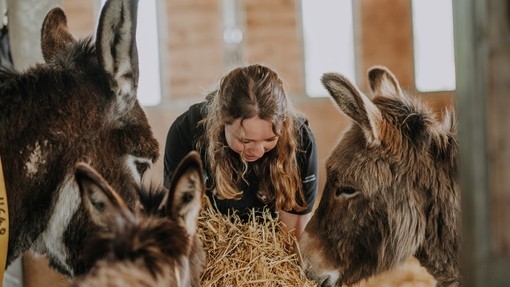
- Course
- Health
The aim of this course is to promote good health, welfare and wellbeing of donkeys worldwide by providing comprehensive guidance on their care. It enables us to share the vast expertise and experience of those working for, or with, The Donkey Sanctuary.
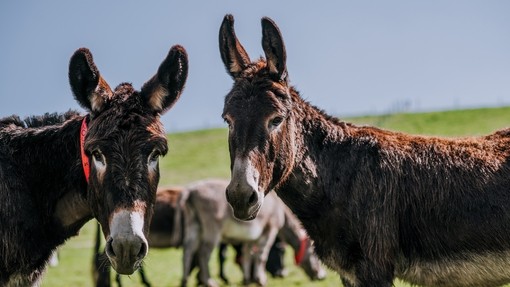
- Course
- Behaviour
This course covers all aspects of working with donkey and mule foals, from the first lessons to the process of weaning. Using actual video footage from training sessions with foals here at The Donkey Sanctuary, you will see how we can use the science of behaviour to train foals.
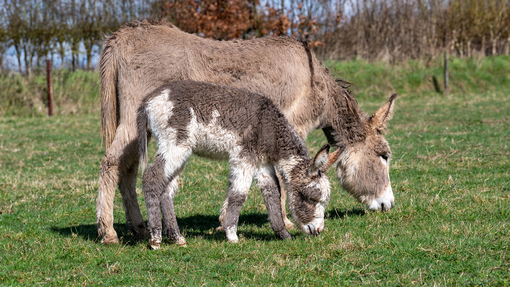
- Course
- Behaviour
This course explores the common causes of accidents when interacting with donkeys. The course focuses on increasing the learner's understanding of donkey body language, observation of behavioural thresholds and simple methods of handling donkeys to reduce your risk of injury.
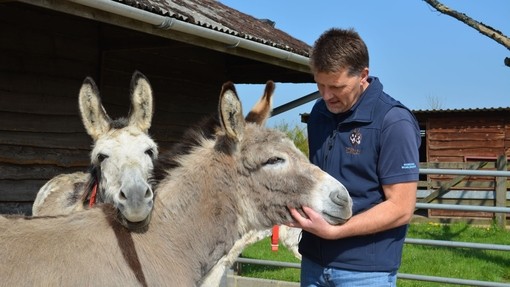
- Course
- Health
Being able to age equids within a narrow range can be useful for owners and professionals alike when accurate records are unavailable. This short course focuses on ageing donkeys by dentition, covering the ageing process of an equid from a newborn up to a geriatric animal.
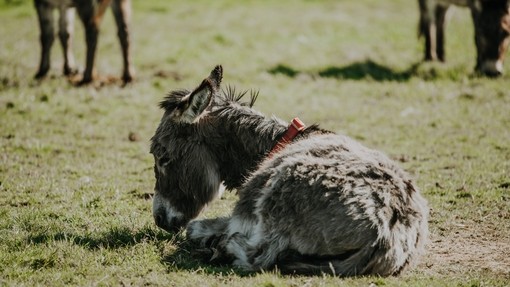
- Course
- Harnesses & Saddles
This course focuses in on the step-by-step process of manufacturing a collar for donkeys and mules.
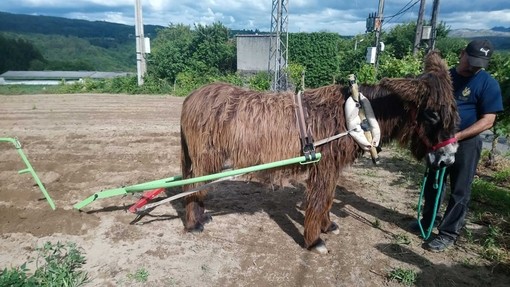
- Course
- Harnesses & Saddles
This course focuses on the different parts, functions and adjustments of harness, followed by specific aspects related to working with working equids. A harness is a common aspect of all working equids, regardless of the task performed, and its correct or incorrect use directly impacts their health and welfare.
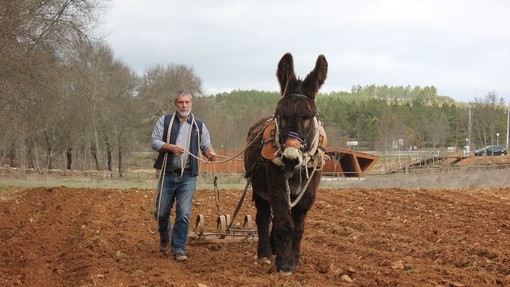
- Course
- Health
This course introduces the concepts of One Health and One Welfare and explores the role of donkeys and mules within these contexts, using examples from around the globe.
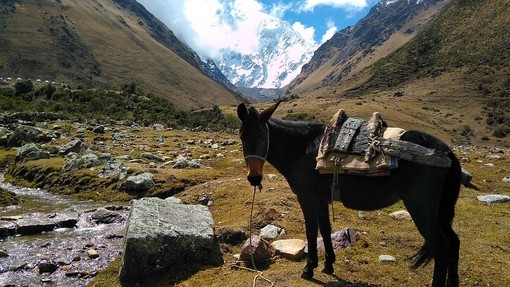
- Course
- Welfare
This course offers insights into the lives of free-roaming donkeys in different parts of the world, including the challenges they face.
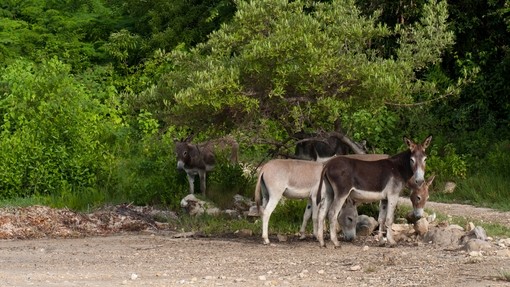
- Course
- Harnesses & Saddles
We expect that at the end of this course, learners will have made their own pack saddle which fits their working equid well; provides comfortable support for loads carried and avoids unnecessary wounds.
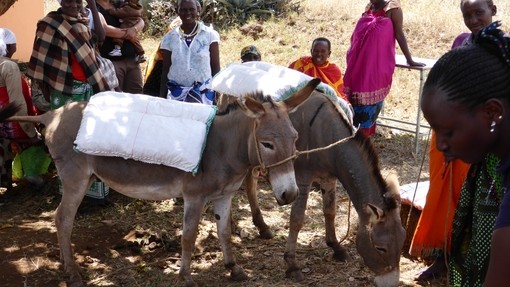
- Course
- Dental care
¿Alguna vez se ha preguntado por qué los burros hacen lo que hacen? ¿Alguna vez ha tratado de ayudar a un burro con un problema de comportamiento? ¿Le gustaría hacer más cómoda la vida de los burros a su cuidado? El comportamiento tiene un elemento en todo lo que hacemos con burros y mulas.

- Course
- Behaviour
Este curso se enfoca en la determinación de la edad de los burros a través de los dientes. Ser capaz de determinar la edad de los équidos dentro de un rango estrecho puede ser útil tanto para los propietarios como para los profesionales cuando no se dispone de registros precisos.
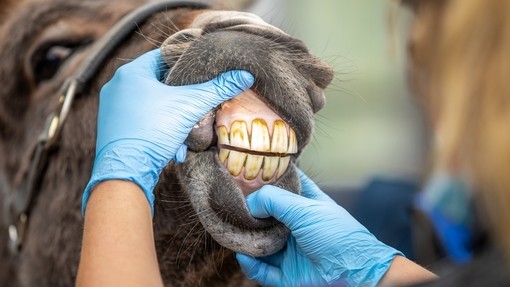
- Course
- Harnesses & Saddles
Este curso se enfoca en el proceso de fabricación paso a paso de un colleron para burros y mulas.

- Course
- Harnesses & Saddles
Este curso se enfoca en el proceso de fabricación paso a paso de una albarda de carga para burros y mulas.

Courses for professionals
- Course
- Hoof Care
This course will provide you with valuable information for trimming donkey feet and applying orthopaedic treatments to donkey feet through sharing the different techniques used by The Donkey Sanctuary farriers and veterinary surgeons.
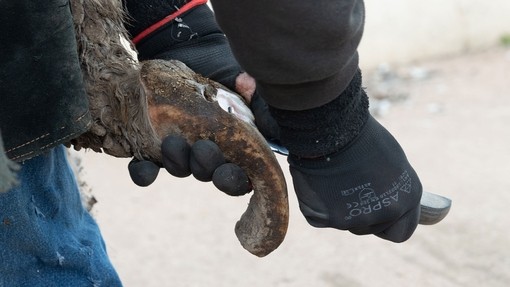
- Course
- Clinical care
This course covers areas that are high priority for donkey welfare, due to the morbidity and mortality of the conditions addressed.
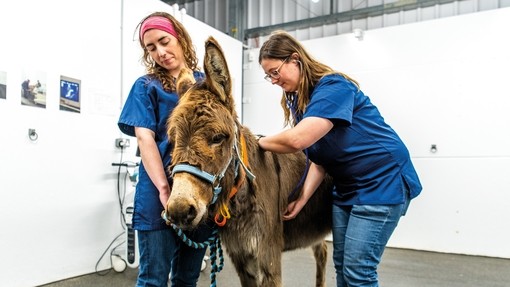
- Course
- Dental care
The first in a progressive series of courses designed to establish a scientific, evidence-based approach to equid dentistry.

- Course
- Dental care
The third of our courses on equid dentistry is focussed on dental disorders.
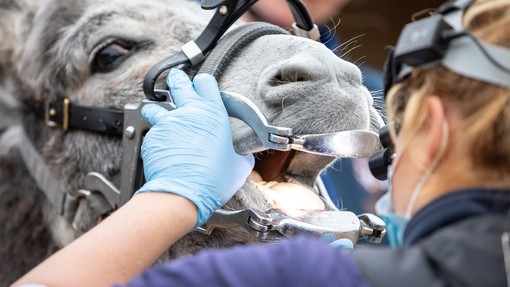
- Course
- Clinical care
This course is recommended for veterinary surgeons and veterinary students who are asked to castrate donkeys and wish to increase their confidence in their recommendations and technique.
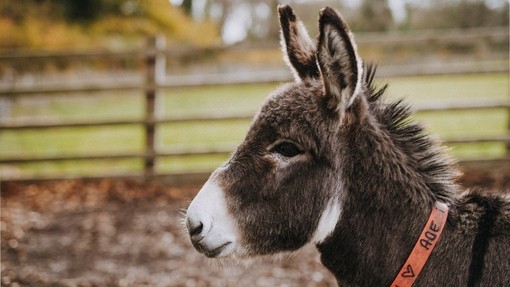
- Course
- Dental care
Participants will develop a deeper knowledge of the underpinning theories of equid dentistry and thereby, aid the promotion of practical skill for the prevention and treatment of dental disorders.
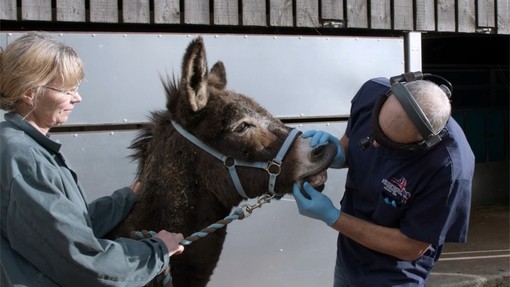
- Course
- Hoof Care
This course is recommended for veterinary surgeons and veterinary students who may see donkeys occasionally and wish to be more confident in their knowledge and approach to this species.
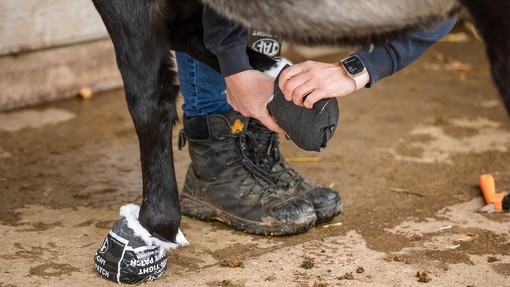
- Course
- Dental care
In the fourth of our equid dental courses, we explore the most common instrumentation available.
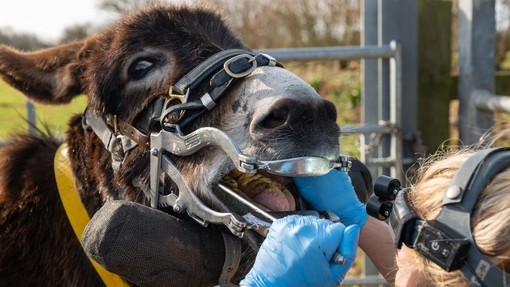
- Course
- Behaviour
This course is recommended for veterinary surgeons and veterinary students who may see donkeys occasionally and wish to be more confident in their knowledge and approach to this species.
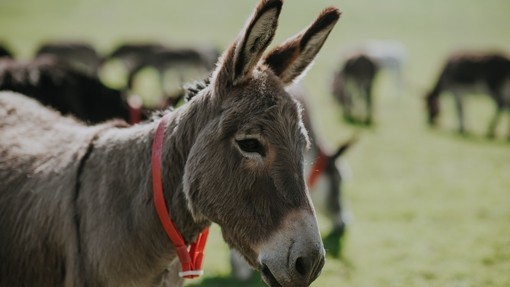
- Course
- Dental care
The second of our courses focuses in on the diagnosis of equid dental disease.
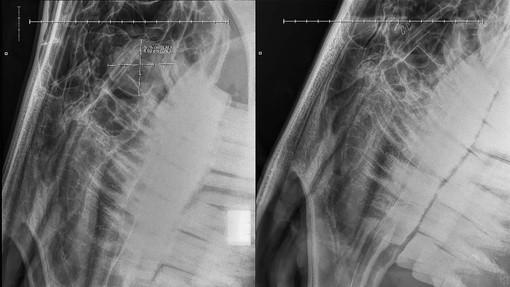
- Course
- Clinical care
This course is recommended for veterinary surgeons and veterinary students who occasionally see donkeys and wish to be more confident in their knowledge and approach to this species.
